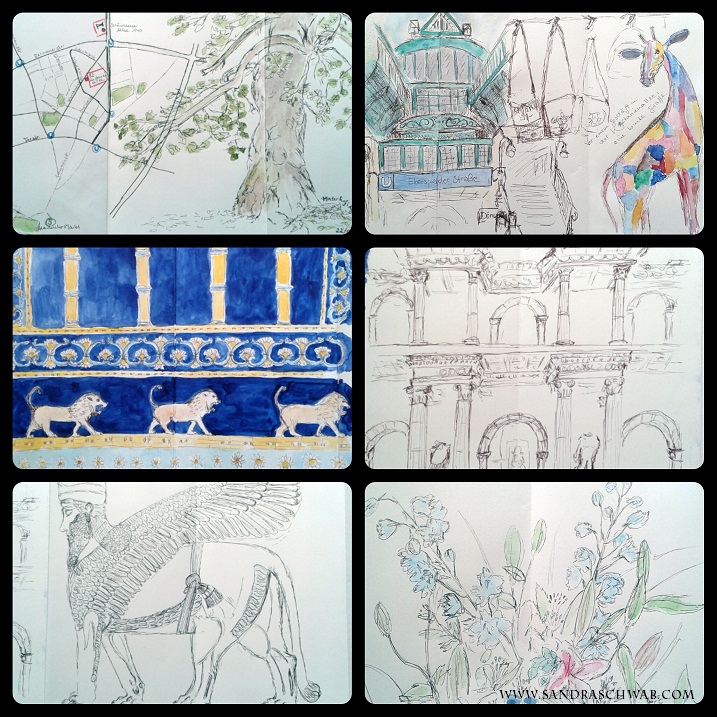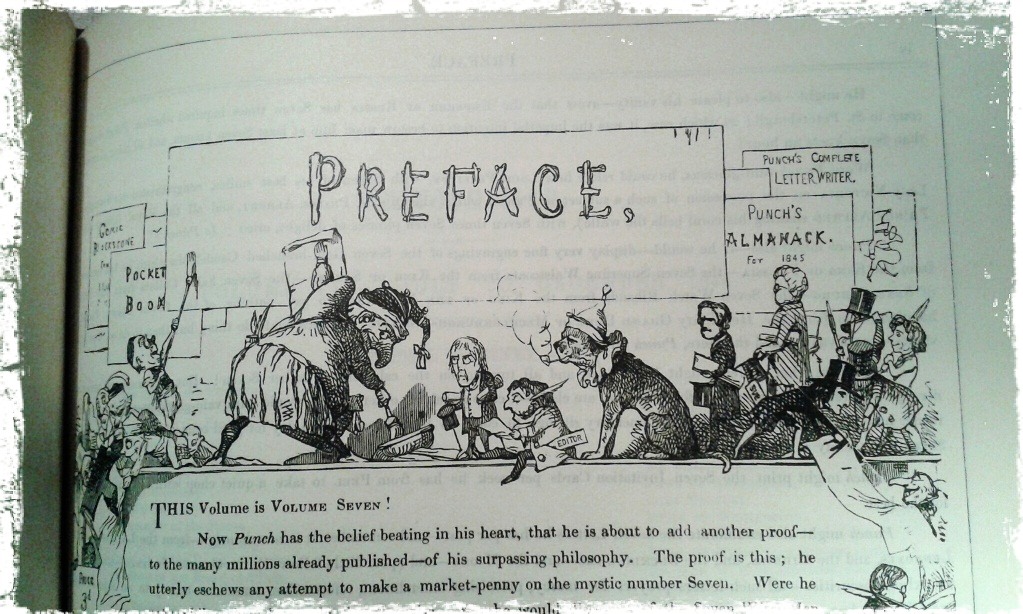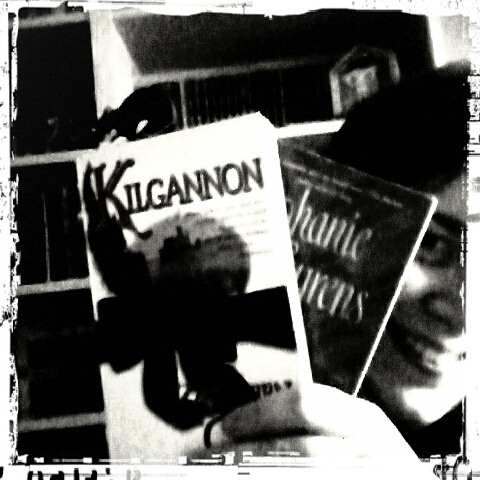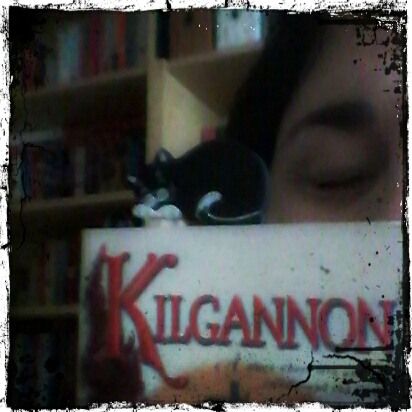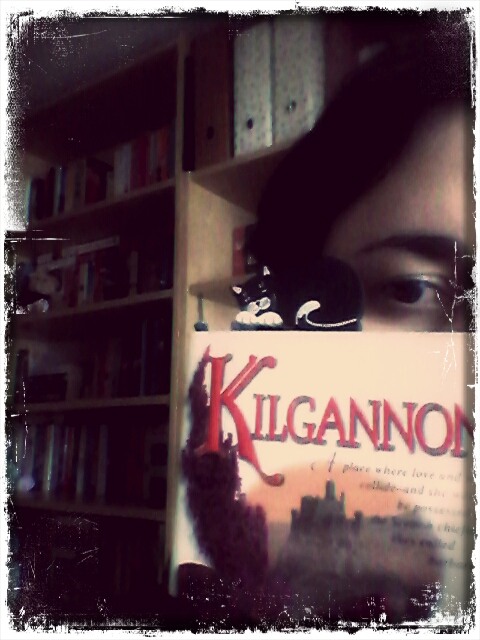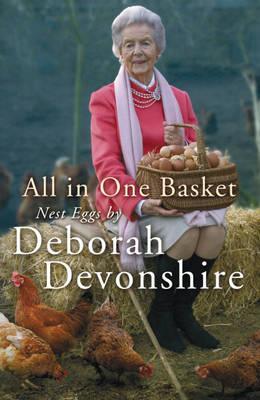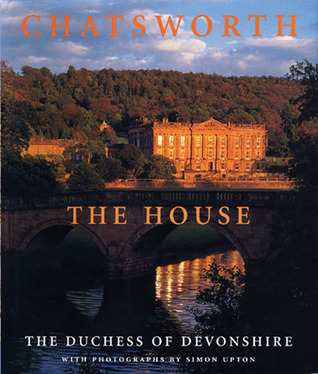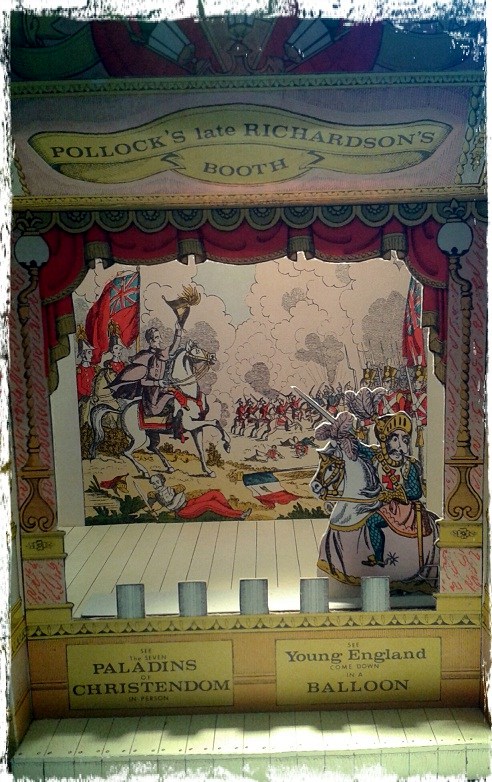I’m back! Carolyn has kindly invited me to do a guest post at the Riskies every other Wednesday, so here I am. 🙂
Last week it was time again to pack my bags and to take the train to Berlin for the LoveLetter Convention 2014. The LLC is RT’s smaller German sister —minus the costume parties and the cover models. It is organised by the only German romance magazine, the LoveLetter, and is attended by both German and international authors, by people from the publishing industry, and by readers. Lots and lots and lots of readers! Indeed, this year the convention has grown from 500 visitors to 700 visitors, and the conference office nearly overflowed with the umpteen boxes full of conference bags.
 As always, readers could decide to attend workshops or games or meet & greet events or one of the panel discussions (moderated by yours truly). My favorite panel this year was “New German Authors,” which introduced authors who attended the conference for the very first time to the audience. There was also a book signing on Sunday afternoon, which brought back fond memories of the RWA signings I attended in the past. 🙂
As always, readers could decide to attend workshops or games or meet & greet events or one of the panel discussions (moderated by yours truly). My favorite panel this year was “New German Authors,” which introduced authors who attended the conference for the very first time to the audience. There was also a book signing on Sunday afternoon, which brought back fond memories of the RWA signings I attended in the past. 🙂
In contrast to 2011 and 2012 when the conference took place in one of the suburbs of Berlin, this year we were at the Prenzlauer Berg, right smack in the middle of the city. It’s such a wonderful, quirky quarter, with many small cafés, restaurants, and small shops. And did I mention the ice cream? In Berlin you’re never far from an ice cream vendor —and they all have fantastic ice cream!!!
As in the years before I took my sketchbook. Thanks to the fact that I’m normally moderating all the panel discussions, I don’t have much time for sketching during the conference, but I always manage to squeeze in a few leisurely walks around the neighborhood beforehand. This time I even managed to dash into the Pergamon Museum, which has truly breathtaking exhibits from classical antiquity, Babylon, and Assyria.
I spent four hours sketching various different exhibits and managed to miss about half of the museum. But to make up for that I was asked twice whether I sell my sketches. (Wow!) If you’d like to see more of my Berlin sketches: in the next few days I’ll add all of them to this album on Flickr.


